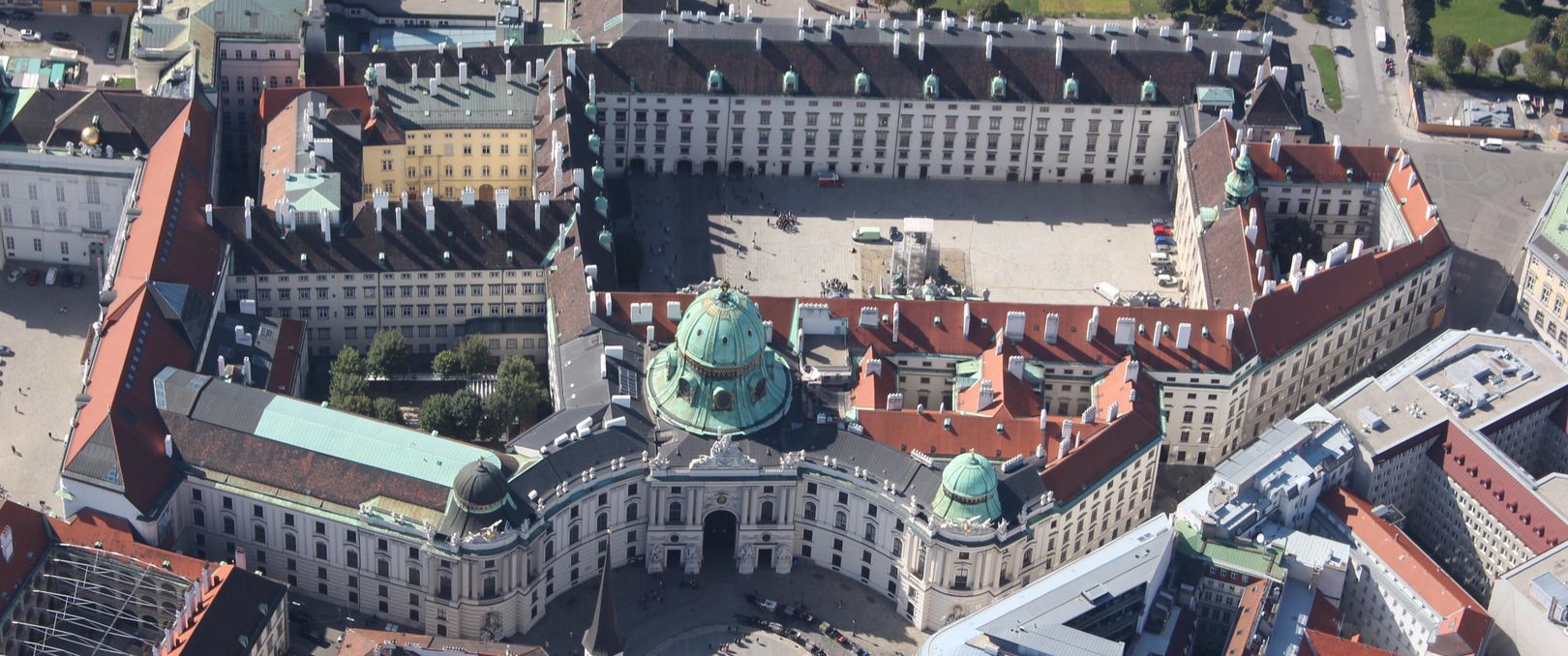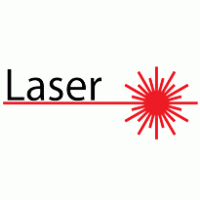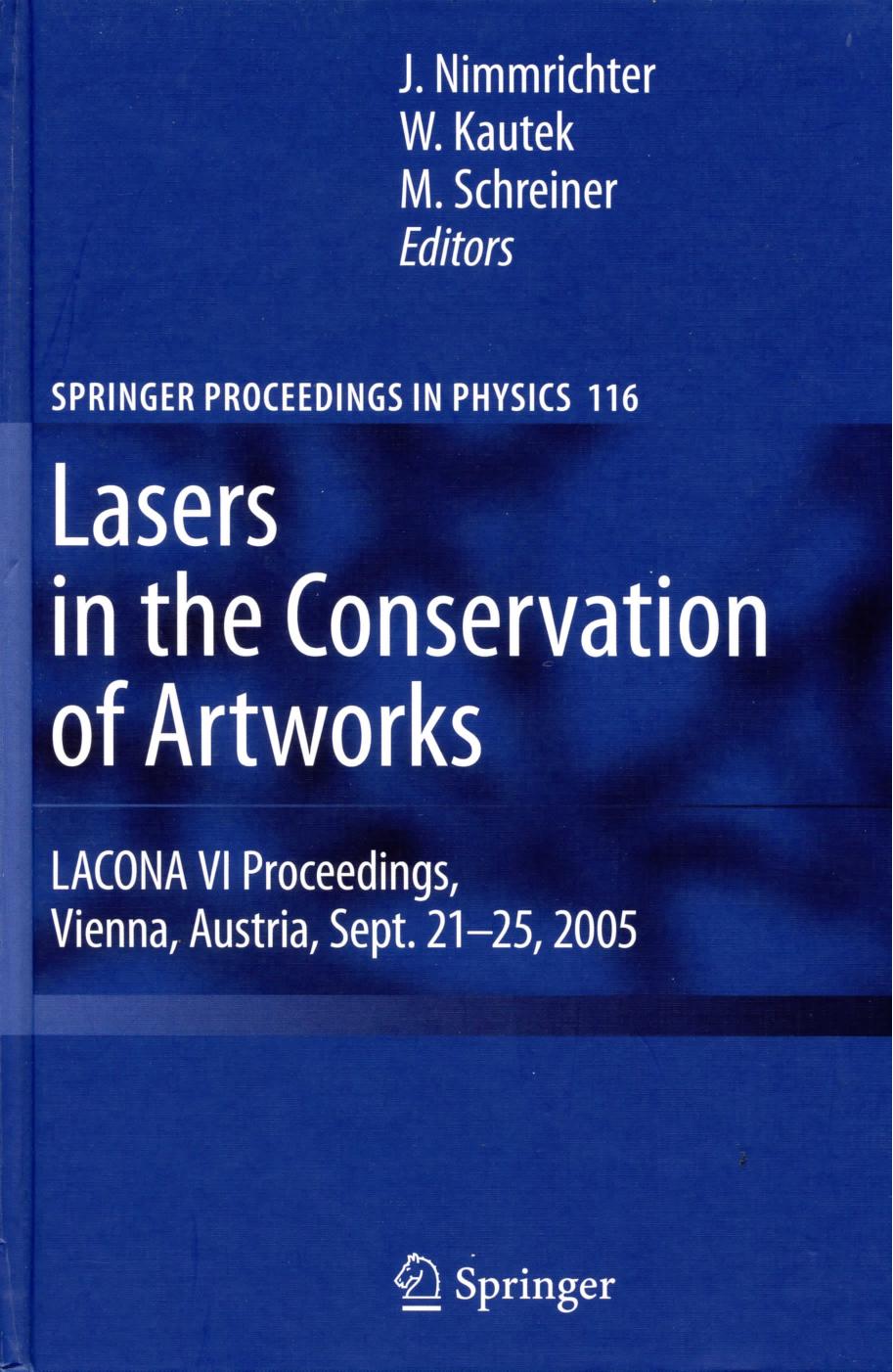21-25 September 2005
LaCONA VIVienna, Austria
Conference: Lasers in the Conservation of Artworks

Date
21-25 September 2005
Organizer
Federal Office for Care and Protection of Monuments, Vienna, Austria
Chair person
Johann Nimmrichter
Book of Proceedings
LACONA VI : Lasers in the Conservation of Artworks
Editors
Mag. Johann Nimmrichter
Federal Office for Care and Protection of Monuments, Vienna, Austria
Prof. Dr. Wolfgang Kautek
University of Vienna, Department of Physical Chemistry, Vienna, Austria
Prof. Dr. Manfred Schreiner
Academy of fine Arts Vienna, Institute of Science and Technology in Art
LACONA VI : Lasers in the Conservation of Artworks:
Vienna, Austria
Editor: Johann Nimmrichter, Wolfgang Kautek, Manfred ScheinerWien, Springer – Verlag Berlin Heidelberg 2007
ISBN 978-3-540-72129-1
Preface
Conservation and protection of works of art as well as of rare remnants of natural history has turned more and more into a race against time. Environments all over the world have become increasingly agressive causing damage or at least deterioration to surfaces meant to be created for eternity. Conventional techniques do a lot against most of these dangers, but new approaches of high technology have to be explored to preserve the heritage of human civilization as well as the precious specimens of former life such as the feathers’ of birds which died out generations ago.
Mechanical and chemical methods are involved in traditional conservation treatments. Contactless cleaning by lasers, on the other hand, is a new and prospering field of laser materials processing. It allows to avoid mechanical disruption and the disadvantage of cleaning fluids – may they be toxic or just water – which could cause potentially long-term degradation of the substrate or health hazards. Moreover, laser cleaning may have the potential to accelerate conservatory work with high quality and moderate costs, and, thus, may help archives’, museums’ and collections’ strained budgets.
Laser cleaning of semiconductors, automotive, and aerospace industries has already been motivated by cost-savings, yield enhancement, and environmental concerns so that substantial literature about laser processing and cleaning of technical surfaces has accumulated in scientific and technological journals in recent years. This wealth of knowledge and experience, however, is usually not accessible to the conservation, museum, and archivation community. Therefore, the series of the “International Conferences on Lasers in the Conservation of Artworks” – LACONA – was initiated by Costas Fotakis organizing LACONA I 1995 in Heraklion, Greece. This was followed by LACONA II 1997 in Liverpool, Great Britain, LACONA III 1999 in Florence, Italy, LACONA IV 2001 in Paris, France, and LACONA V 2003 in Osnabruck, Germany. The success of these unique conferences motivated the LACONA Permanent Scientific Committee to organize a LACONA VI – this time in the very heart of Europe, in Vienna, Austria.
The general development in laser conservation has led to the observation that scientific approaches and diagnostics have been introduced in an extent as never before in conservation. The key issues of the state of the art and future developments of laser cleaning of artefacts turned out to be as sketched in the following.
Paradigm Change of Conservation. Laser cleaning applies highly localized deposition of heat by a laser beam in contrast to traditional conservation involving both room-temperature mechanical and chemical methods.
Advanced Chemical Analysis and Diagnostics. In addition to the inspection by the conservator’s eye, micromorphological and spectroscopic methods are increasingly employed.
Inhomogeneity and Precision. The high-precision deliverance of laser radiation to morphologically and chemically inhomogeneous artefact surfaces allows an unprecedented treatment quality.
Integration. Merging laser cleaning with complementary conventional restoration steps may provide unrivalled solutions.
Automation. Laser precision processing can be highly automated allowing better precision, safety and cost-effectiveness in the future.
The 6th International Conference on Lasers in the Conservation of Artworks (LACONA VI) took place in Vienna, Austria, 21-25 September 2005. It represented the above listed new developments which entered the present proceedings volume.
Moreover, LACONA VI ran under the auspices of the United Nations endorsed “World Year of Physics 2005” initiative which started by the European Physical Society to demonstrate that natural sciences provide a significant basis for the development of understanding nature, and that scientific research and its applications are a major driving force to scientific and technological development, and remain a vital factor in addressing the challenges of the 21st century. The “World Year of Physics 2005” highlighted the vitality of natural science and its importance in the corning millennium, and will commemorate the pioneering contributions of Albert Einstein in 1905.
I want to thank Johann Nimmrichter, Chairman, and Manfred Schreiner, Co-Chairman of LACONA VI, for there unmatched enthusiasm and dedication to make LACONA VI a success. Further there has to be mentioned the invaluable support by the LACONA Permanent Scientific Committee, the LACONA Local Organizers (public institutions in Vienna), the LACONA Local Congress Committee, and last not least the LACONA Sponsors.
Finally, I would like to thank Robert Linke and Ed Teppo for their careful and generous support during the preparation of the proceedings of LACONA VI.
Wolfgang Kautek,
Vienna, May 2007
Get In Touch
1234 sAn Francisco, CA 12345
+1 555 0394 848
info@diviconsulting.com

